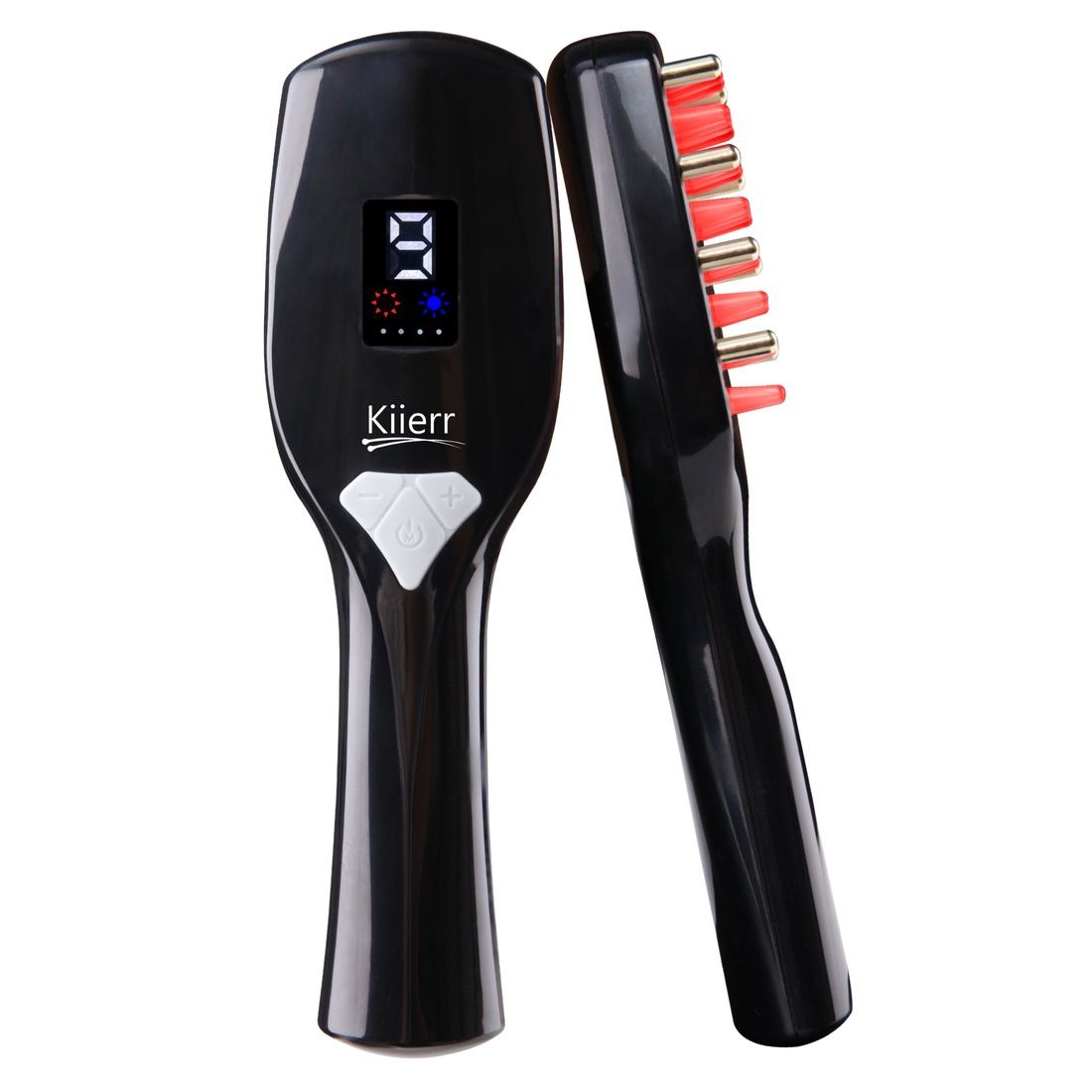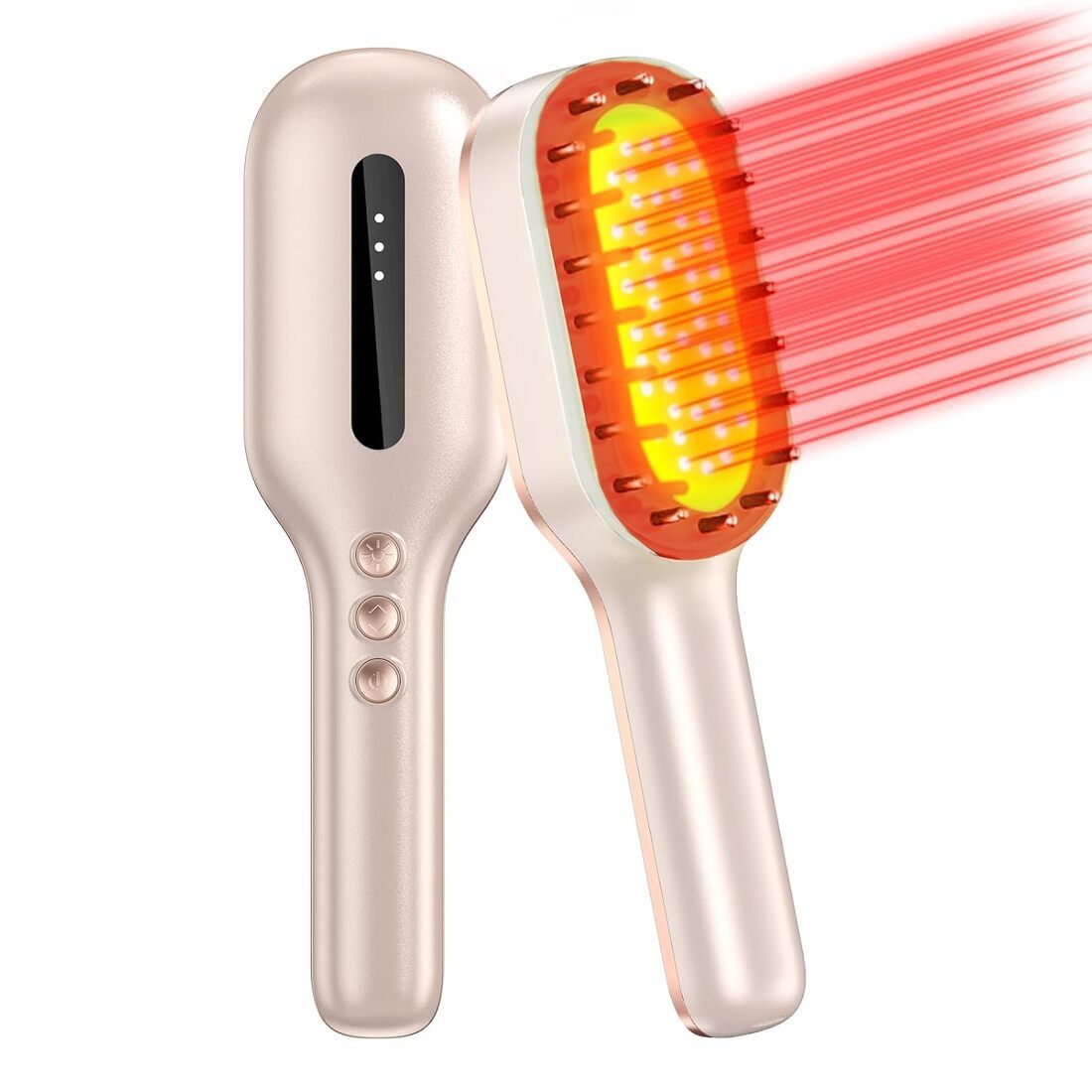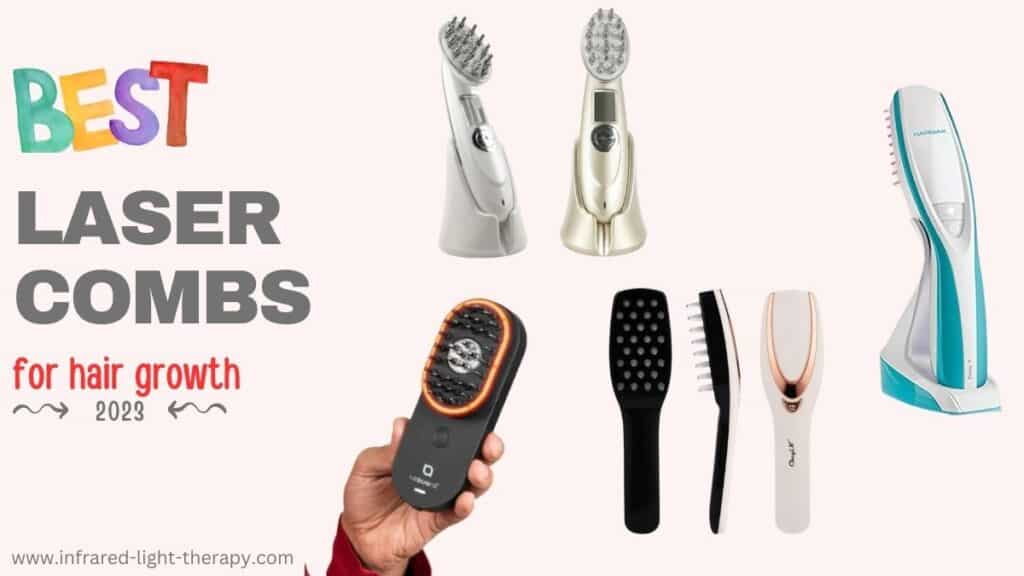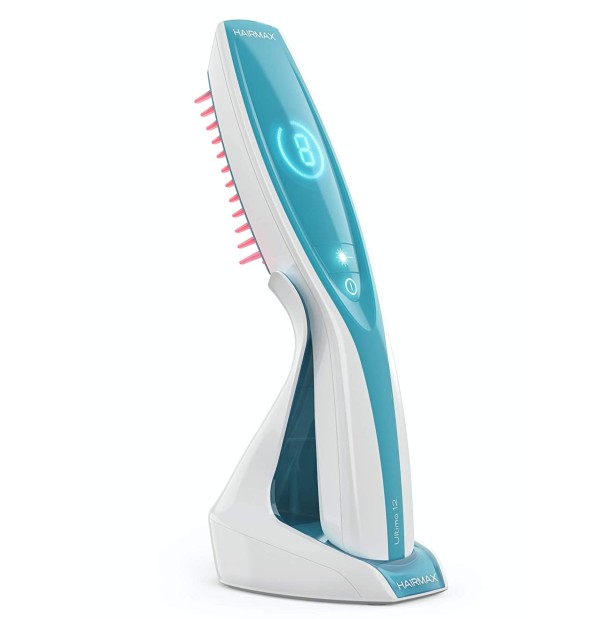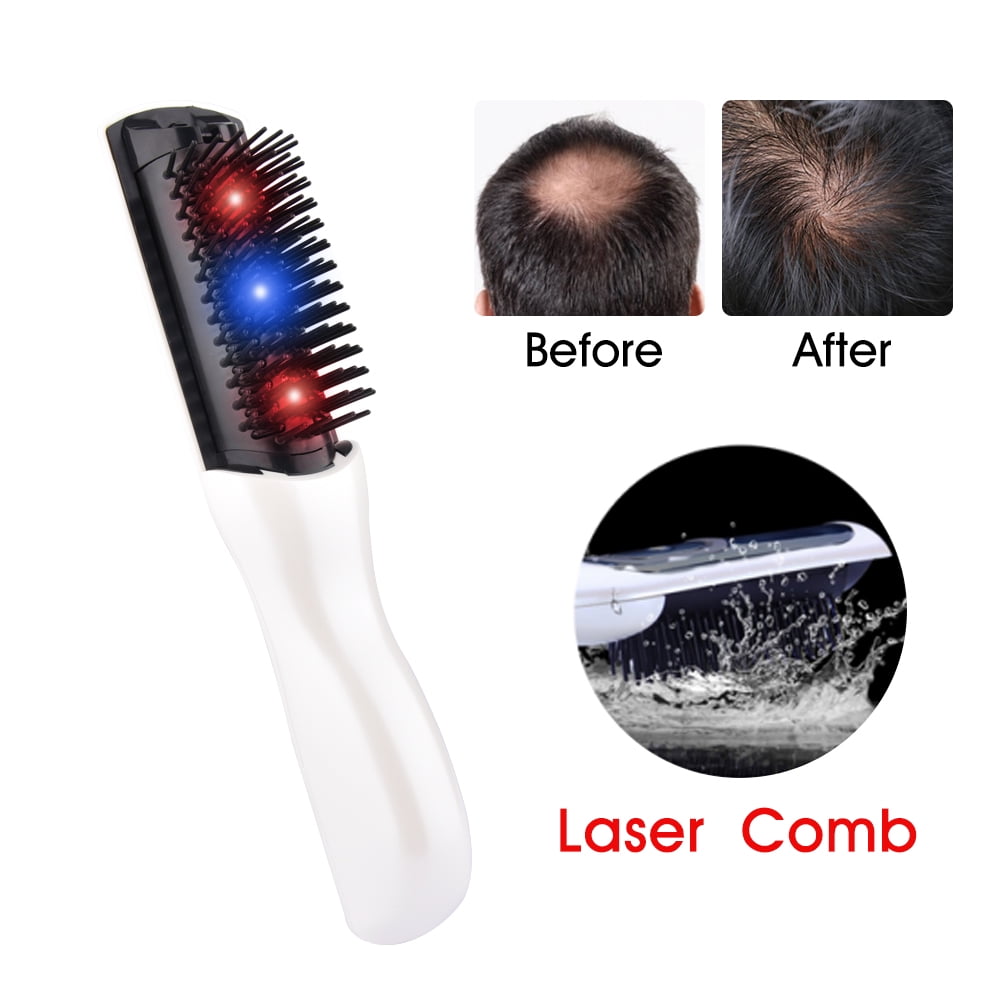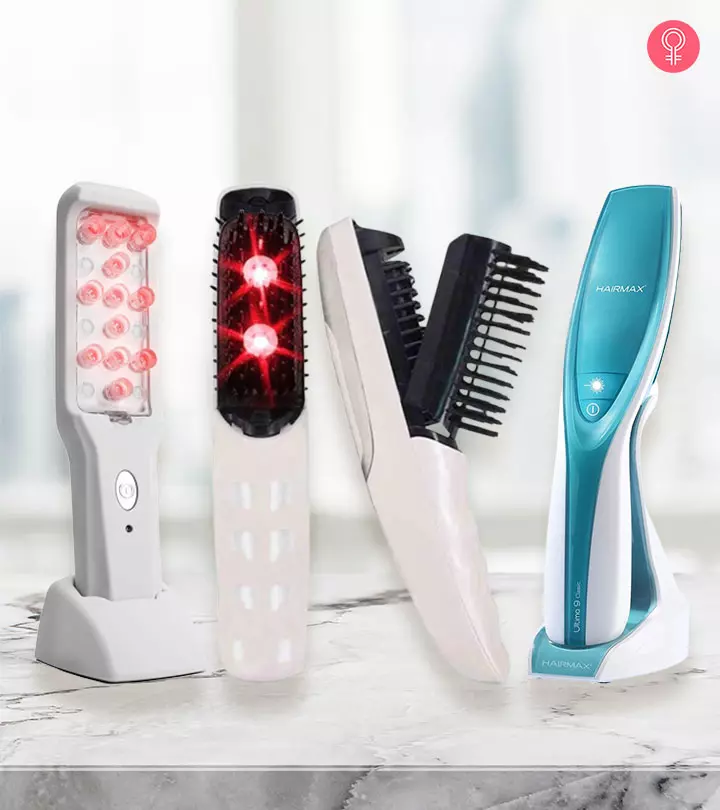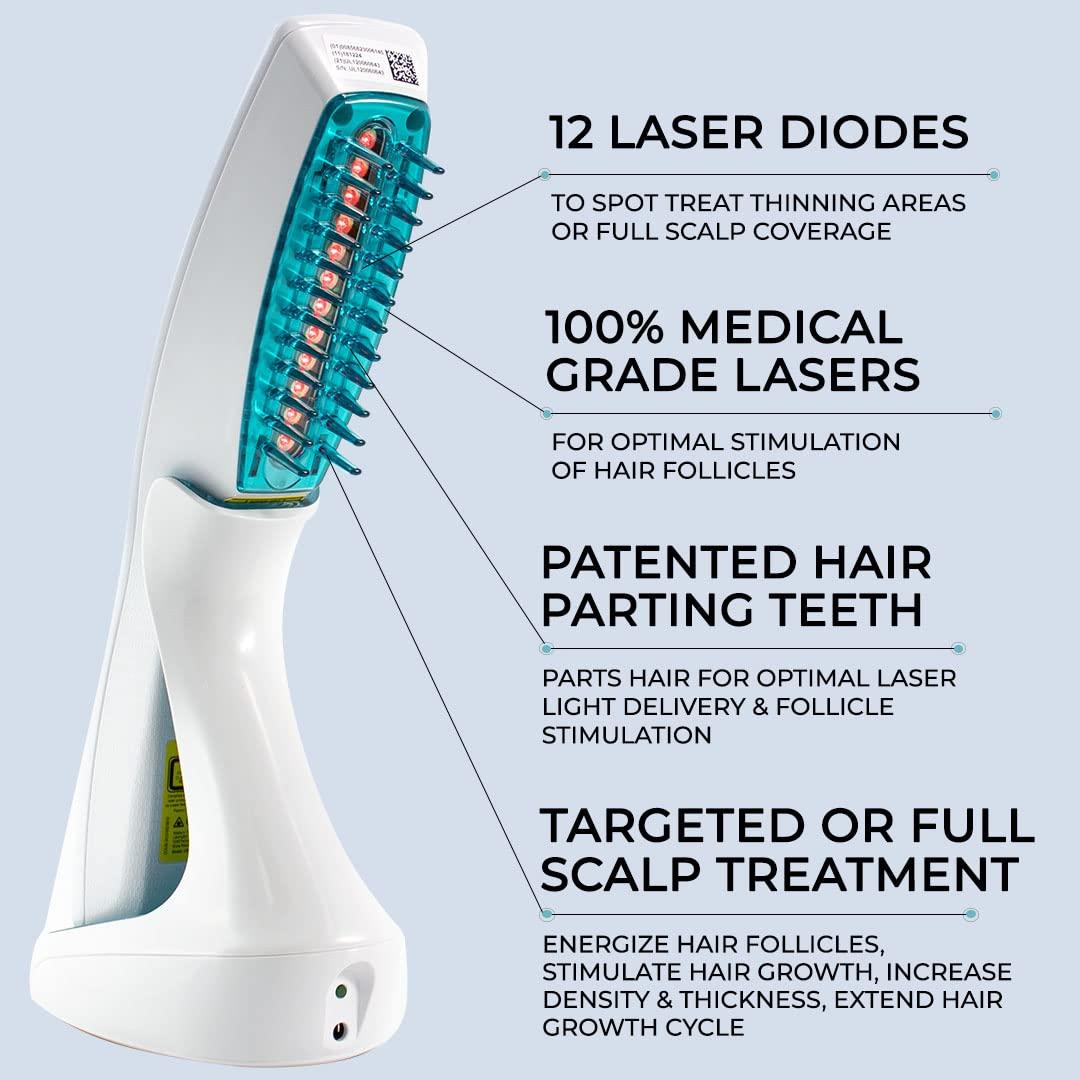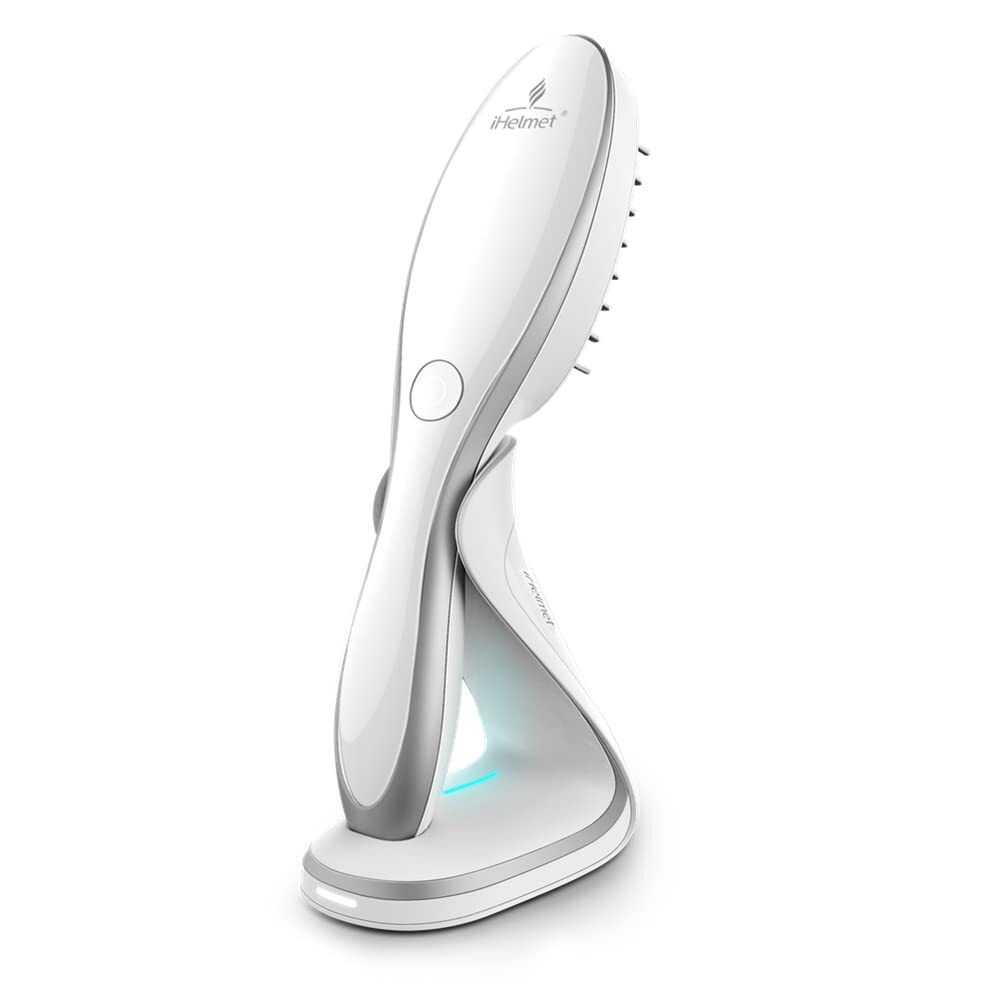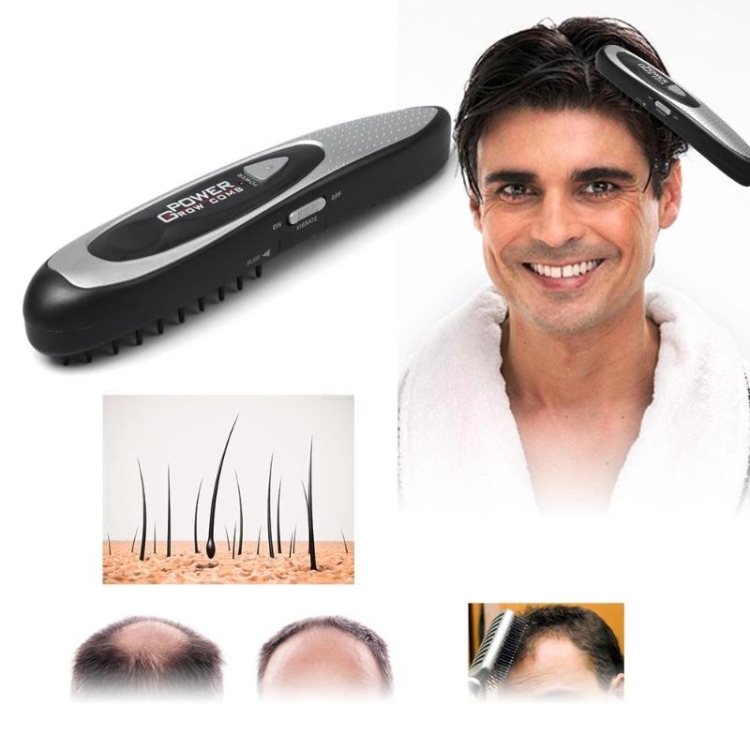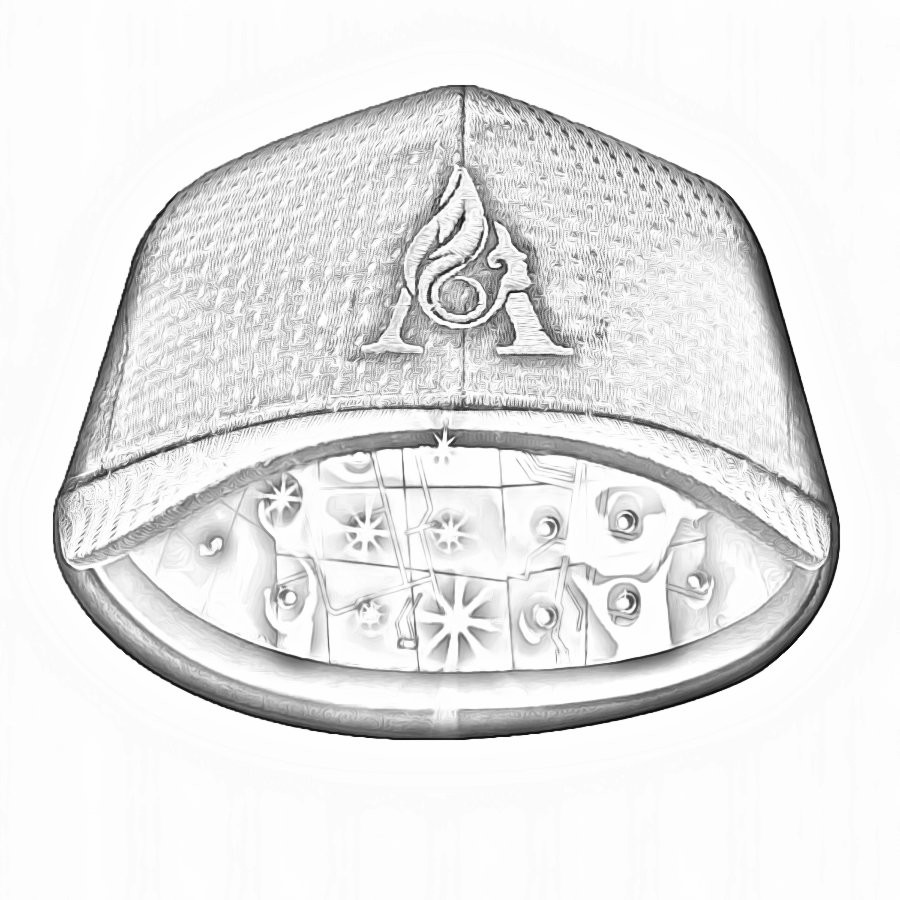Best Laser Comb For Hair Growth

Thinning hair and hair loss, conditions that once primarily concerned older generations, are increasingly affecting younger adults, sparking a surge in demand for effective and accessible treatments. Frustration with traditional methods like topical solutions and oral medications, often accompanied by side effects, has fueled interest in alternative therapies. Among these, laser combs have emerged as a popular option, promising a non-invasive approach to stimulating hair growth.
This article delves into the world of laser combs for hair growth, examining their efficacy, exploring the science behind their operation, and reviewing some of the leading products on the market. It will also address potential drawbacks and provide guidance for consumers navigating the often-confusing claims made by manufacturers, helping them make informed decisions about whether a laser comb is right for them.
The Science Behind Laser Combs
Laser combs utilize Low-Level Laser Therapy (LLLT), a form of phototherapy that uses low-power lasers or light-emitting diodes (LEDs). The principle behind LLLT is that light energy can stimulate cellular activity and promote tissue repair. In the context of hair growth, it's believed that LLLT can stimulate hair follicles, increasing blood flow to the scalp and delivering more nutrients to the follicles.
This stimulation, according to studies, may lead to an increased production of ATP (adenosine triphosphate), the energy currency of cells. Enhanced ATP production provides the necessary energy for hair follicle cells to function optimally, potentially prolonging the growth phase of the hair cycle (anagen) and promoting thicker, healthier hair.
While the exact mechanisms are still under investigation, several studies have shown promising results. A meta-analysis published in the Journal of the American Academy of Dermatology concluded that LLLT appears to be a safe and effective treatment for androgenetic alopecia (male and female pattern baldness).
Key Features to Consider When Choosing a Laser Comb
With a growing market of laser combs, selecting the right one can be overwhelming. Several factors should be considered to ensure you choose a product that suits your needs and maximizes your chances of success.
Laser Power and Wavelength
The power and wavelength of the laser are crucial factors. Most laser combs operate in the red light spectrum, typically around 630-670 nanometers. Lower-powered devices may require more frequent and longer treatment sessions. Always check that a product has been appropriately tested and certified for safety.
Coverage Area and Treatment Time
The coverage area of the comb's laser array determines how much scalp can be treated at once. Wider coverage can shorten treatment time, but it may also affect the concentration of the laser energy. Treatment times typically range from a few minutes to around 20 minutes per session.
User-Friendliness and Design
Consider the comb's design and ease of use. Is it comfortable to hold? Does it have features like a vibrating function or a timer? A user-friendly design encourages consistent use, which is essential for seeing results.
Safety Features and Certifications
Prioritize products with safety certifications like FDA clearance. These certifications indicate that the device has undergone testing and meets specific safety standards. Always follow the manufacturer's instructions carefully and discontinue use if you experience any adverse effects.
Leading Laser Comb Products on the Market
Several laser combs have gained popularity among consumers and professionals. Here are a few examples, representing a range of features and price points:
HairMax LaserComb
HairMax is one of the most well-known brands in the laser comb market. Their devices often feature patented hair-parting teeth designed to deliver laser light directly to the scalp. They offer a range of models with varying numbers of lasers and treatment times.
iRestore Laser Hair Growth System
iRestore offers both laser combs and laser caps, providing a broader range of options for users. Their products are known for their comfortable design and ease of use, often featuring hands-free operation.
Theradome LH80 PRO
Theradome focuses on laser helmets, which offer full scalp coverage and hands-free operation. While more expensive than combs, helmets can be a more convenient option for those seeking comprehensive treatment.
It's essential to compare specifications and read reviews before deciding on a specific product. Remember to consider your individual needs and budget.
Potential Drawbacks and Considerations
While laser combs offer a promising approach to hair growth, it's important to be aware of potential drawbacks. Results can vary depending on the individual, the severity of hair loss, and the consistency of treatment.
LLLT therapy can be costly, with some devices priced in the hundreds or even thousands of dollars. This may be a barrier to entry for some individuals. Furthermore, some experts believe that the long-term effectiveness of laser combs is not fully established.
Some users may experience mild side effects such as scalp irritation, redness, or itching. If these side effects persist or worsen, it's crucial to discontinue use and consult with a dermatologist or healthcare professional.
Expert Opinions and Recommendations
Dermatologists and hair restoration specialists have varying opinions on the efficacy of laser combs. Some recommend them as a complementary treatment alongside other hair loss therapies like minoxidil or finasteride.
Others express caution, emphasizing the need for more rigorous clinical trials to fully assess their long-term effectiveness. Dr. Angela Christiano, a renowned dermatologist specializing in hair loss, advises patients to manage their expectations and understand that laser combs may not work for everyone.
Ultimately, it's essential to consult with a qualified healthcare professional before starting any new hair loss treatment. They can assess your individual situation, recommend the most appropriate course of action, and help you make an informed decision about whether a laser comb is right for you.
The Future of Laser Comb Technology
The field of laser therapy for hair growth is constantly evolving. Researchers are exploring new wavelengths, power levels, and delivery methods to optimize treatment outcomes. We can expect to see further advancements in laser comb technology in the coming years, potentially leading to more effective and convenient devices.
Developments in personalized medicine may also play a role. In the future, it may be possible to tailor laser comb treatments to individual patients based on their specific hair loss patterns and genetic predispositions. This could lead to more targeted and effective therapies.
Despite the ongoing research, current laser combs can be a useful tool for some individuals experiencing hair loss. The key is to manage expectations, choose a reputable product, and follow the manufacturer's instructions carefully.
